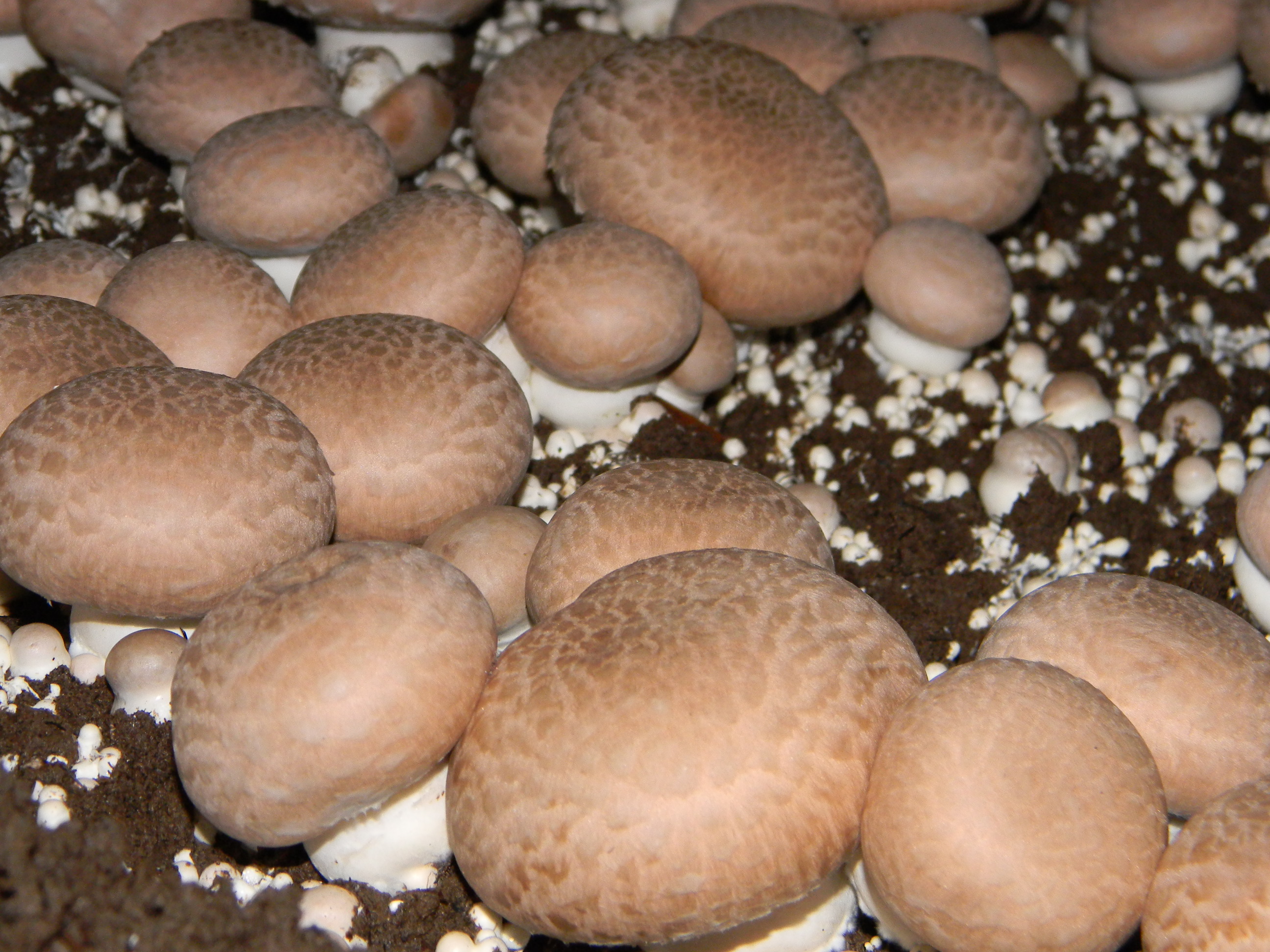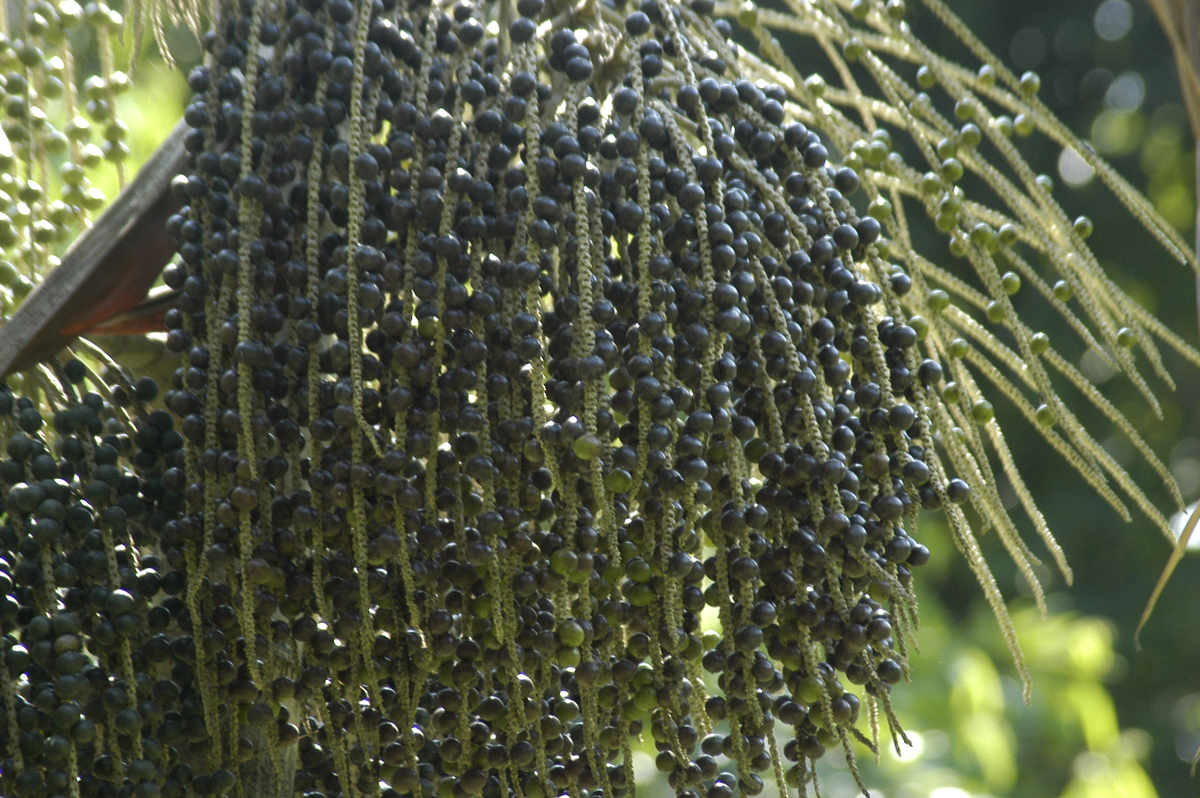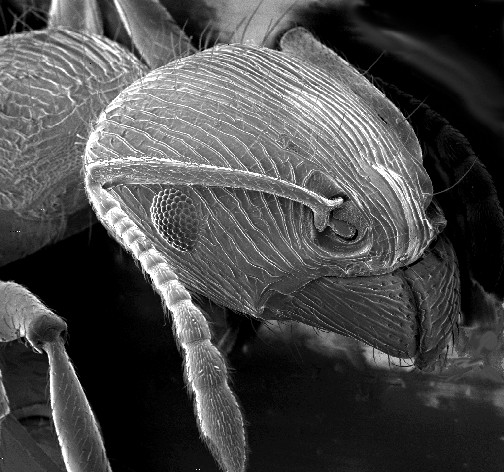|
Protocatechuic Acid
Protocatechuic acid (PCA) is a dihydroxybenzoic acid, a type of phenolic acid. It is a major metabolite of antioxidant polyphenols found in green tea. It has mixed effects on normal and cancer cells in ''in vitro'' and ''in vivo'' studies. It is produced commercially from vanillin. Biological effects Protocatechuic acid (PCA) is antioxidant and anti-inflammatory. PCA extracted from ''Hibiscus sabdariffa'' protected against chemically induced liver toxicity ''in vivo''. ''In vitro'' testing documented antioxidant and anti-inflammatory activity of PCA, while liver protection ''in vivo'' was measured by chemical markers and histological assessment. PCA has been reported to induce apoptosis of human leukemia cells, as well as malignant HSG1 cells taken from human oral cavities, but PCA was found to have mixed effects on TPA-induced mouse skin tumours. Depending on the amount of PCA and the time before application, PCA could reduce or enhance tumour growth. Similarly, PCA was repo ... [...More Info...] [...Related Items...] OR: [Wikipedia] [Google] [Baidu] |
Ethanol
Ethanol (also called ethyl alcohol, grain alcohol, drinking alcohol, or simply alcohol) is an organic compound with the chemical formula . It is an Alcohol (chemistry), alcohol, with its formula also written as , or EtOH, where Et is the pseudoelement symbol for ethyl group, ethyl. Ethanol is a Volatility (chemistry), volatile, flammable, colorless liquid with a characteristic wine-like odor and pungent taste. As a psychoactive depressant, it is the active ingredient in alcoholic beverages, and the second most consumed drug globally behind caffeine. Ethanol is naturally produced by the fermentation process of sugars by yeasts or via petrochemical processes such as ethylene hydration. Historically it was used as a general anesthetic, and has modern medical applications as an antiseptic, disinfectant, solvent for some medications, and antidote for methanol poisoning and ethylene glycol poisoning. It is used as a chemical solvent and in the Chemical synthesis, synthesis of orga ... [...More Info...] [...Related Items...] OR: [Wikipedia] [Google] [Baidu] |
Hibiscus Sabdariffa
Roselle (''Hibiscus sabdariffa'') is a species of flowering plant in the genus ''Hibiscus'' that is native to Africa, most likely West Africa. In the 16th and early 17th centuries it was spread to Asia and the West Indies, where it has since become naturalized in many places. The stems are used for the production of bast fibre and the dried cranberry-tasting calyces are commonly steeped to make a popular infusion known by many names, including carcade. Description Roselle is an annual or perennial herb or woody-based subshrub, growing to tall. The leaves are deeply three- to five-lobed, long, arranged alternately on the stems. The flowers are in diameter, white to pale yellow with a dark red spot at the base of each petal, and have a stout, conspicuous calyx at the base, wide, enlarging to and becoming fleshy and a deep crimson red as the fruit matures, which takes about six months. Names Asia Roselle is known as ( كركديه) in Arabic, (ချဉ်ပေ ... [...More Info...] [...Related Items...] OR: [Wikipedia] [Google] [Baidu] |
Metabolite
In biochemistry, a metabolite is an intermediate or end product of metabolism. The term is usually used for small molecules. Metabolites have various functions, including fuel, structure, signaling, stimulatory and inhibitory effects on enzymes, catalytic activity of their own (usually as a cofactor to an enzyme), defense, and interactions with other organisms (e.g. pigments, odorants, and pheromones). A primary metabolite is directly involved in normal "growth", development, and reproduction. Ethylene exemplifies a primary metabolite produced large-scale by industrial microbiology. A secondary metabolite is not directly involved in those processes, but usually has an important ecological function. Examples include antibiotics and pigments such as resins and terpenes etc. Some antibiotics use primary metabolites as precursors, such as actinomycin, which is created from the primary metabolite tryptophan. Some sugars are metabolites, such as fructose or glucose, which ar ... [...More Info...] [...Related Items...] OR: [Wikipedia] [Google] [Baidu] |
Phellinus Linteus
''Tropicoporus linteus'' is a tropical American mushroom. Its former name ''Phellinus linteus'' is applied wider, including to an East Asian mushroom. Taxonomy ''Polyporus linteus'' was named by Miles Joseph Berkeley and Moses Ashley Curtis and first reported with specimen from Nicaragua in 1860. ''Phellinus linteus'' was a rename by Shu Chün Teng in 1963. It was renamed ''Tropicoporus linteus'' by Li-Wei Zhou and Yu-Cheng Dai in 2015. The following mushrooms are applied with the name ''Phellinus linteus'': Americas * ''Phellinus linteus'' per se, the tropical American species, now ''Tropicoporus linteus'' * In subtropical South America, ''Phellinus linteus'' on '' Cordia americana'' is actually '' Tropicoporus drechsleri''; specimens collected on other plant hosts require further studies. Asia * ''Phellinus linteus'' in East Asia Africa * ''Xanthochrous rudis'', an African species formerly regarded as a synonym of ''Phellinus linteus'', regained taxon independency and wa ... [...More Info...] [...Related Items...] OR: [Wikipedia] [Google] [Baidu] |
Agaricus Bisporus
''Agaricus bisporus'', commonly known as the cultivated mushroom, is a basidiomycete mushroom native to grasslands in Eurasia and North America. It is cultivated in more than 70 countries and is one of the most commonly and widely consumed mushrooms in the world. It has two color states while immature – white and brown – both of which have various names, with additional names for the mature state, such as chestnut, portobello, portabellini, button and champignon de Paris. ''A. bisporus'' has some poisonous lookalikes in the wild, such as '' Entoloma sinuatum''. Description The pileus or cap of the original wild species is a pale grey-brown, with broad, flat scales on a paler background and fading toward the margins. It is first hemispherical before flattening out with maturity, typically measuring in diameter. The narrow, crowded gills are free and initially pink, then red-brown, and finally a dark brown with a whitish edge from the cheilocystidia. The cylindrical ... [...More Info...] [...Related Items...] OR: [Wikipedia] [Google] [Baidu] |
Roselle (plant)
Roselle (''Hibiscus sabdariffa'') is a species of flowering plant in the genus ''Hibiscus'' that is native to Africa, most likely West Africa. In the 16th and early 17th centuries it was spread to Asia and the West Indies, where it has since become naturalized in many places. The stems are used for the production of bast fibre and the dried cranberry-tasting calyces are commonly steeped to make a popular infusion known by many names, including carcade. Description Roselle is an annual or perennial herb or woody-based subshrub, growing to tall. The leaves are deeply three- to five-lobed, long, arranged alternately on the stems. The flowers are in diameter, white to pale yellow with a dark red spot at the base of each petal, and have a stout, conspicuous calyx at the base, wide, enlarging to and becoming fleshy and a deep crimson red as the fruit matures, which takes about six months. Names Asia Roselle is known as ( كركديه) in Arabic, (ချဉ်ပ� ... [...More Info...] [...Related Items...] OR: [Wikipedia] [Google] [Baidu] |
Allium Cepa
An onion (''Allium cepa'' , from Latin ), also known as the bulb onion or common onion, is a vegetable that is the most widely cultivated species of the genus ''Allium''. The shallot is a botanical variety of the onion which was classified as a separate species until 2011. The onion's close relatives include garlic, scallion, leek, and chives. The genus contains several other species variously called onions and cultivated for food, such as the Japanese bunching onion ''Allium fistulosum'', the tree onion ''Allium'' × ''proliferum'', and the Canada onion ''Allium canadense''. The name '' wild onion'' is applied to a number of ''Allium'' species, but ''A. cepa'' is exclusively known from cultivation. Its ancestral wild original form is not known, although escapes from cultivation have become established in some regions. The onion is most frequently a biennial or a perennial plant, but is usually treated as an annual and harvested in its first growing season. The onion ... [...More Info...] [...Related Items...] OR: [Wikipedia] [Google] [Baidu] |
Açaí Palm
The açaí palm (, , from Nheengatu ''asai''), '' Euterpe oleracea'', is a species of palm tree (Arecaceae) cultivated for its fruit (açaí berries, or simply açaí), hearts of palm (a vegetable), leaves, and trunk wood. Global demand for the fruit has expanded rapidly in the 21st century, and the tree is cultivated for that purpose primarily. The species is native to eastern Amazonia, especially in Brazil, mainly in swamps and floodplains. Açaí palms are tall, slender trees growing to more than tall, with pinnate leaves up to long. The fruit is small, round, and black-purple in color. The fruit became a staple food in floodplain areas around the 18th century, but its consumption in urban areas and promotion as a health food only began in the mid-1990s along with the popularization of other Amazonian fruits outside the region. Name The folk etymology says that chief Itaqui ordered all newborns put to death owing to a period of famine. When his own daughter gave birth ... [...More Info...] [...Related Items...] OR: [Wikipedia] [Google] [Baidu] |
Açaí Oil
Açaí oil is obtained from the fruit of ''Euterpe oleracea'' (açaí palm), which grows in the Amazon rainforest. The oil is rich in phenolic compounds similar in profile to the pulp itself, such as vanillic acid, syringic acid, p-hydroxybenzoic acid, protocatechuic acid and ferulic acid as well as (+)-catechin and numerous procyanidin oligomers. Açai oil is green in color and has a bland aroma. It is high in oleic and palmitic fatty acids (table). Uses Açai oil is widely used for cooking and as a salad dressing. In cosmetics, it is used in shampoos, soaps and skin moisturizers. Source: See also *Açaí palm The açaí palm (, , from Nheengatu ''asai''), '' Euterpe oleracea'', is a species of palm tree (Arecaceae) cultivated for its fruit (açaí berries, or simply açaí), hearts of palm (a vegetable), leaves, and trunk wood. Global demand for th ... References Vegetable oils Cooking oils Açaí Crops originating from Brazil {{vegetable-oil-stu ... [...More Info...] [...Related Items...] OR: [Wikipedia] [Google] [Baidu] |
Ootheca
An ootheca (: oothecae ) is a type of egg capsule made by any member of a variety of species including mollusks (such as '' Turbinella laevigata''), mantises, and cockroaches. Etymology The word is a Latinized combination of ''oo-'', meaning "egg", from the Greek word ''ōon'' (cf. Latin ''ovum''), and ''theca'', meaning a "cover" or "container", from the Greek ''theke''. Ootheke is Greek for ovary. Structure Oothecae are made up of structural proteins and tanning agents that cause the protein to harden around the eggs, providing protection and stability. The production of ootheca convergently evolved across numerous insect species due to a selection for protection from parasites and other forms of predation, as the complex structure of the shell casing provides an evolutionary reproductive advantage (although the fitness and lifespan also depend on other factors such as the temperature of the incubating ootheca). Oothecae are most notably found in the orders Blattodea (Cockro ... [...More Info...] [...Related Items...] OR: [Wikipedia] [Google] [Baidu] |
Insect Cuticle
Arthropods are covered with a tough, resilient integument, cuticle or exoskeleton of chitin. Generally the exoskeleton will have thickened areas in which the chitin is reinforced or stiffened by materials such as minerals or hardened proteins. This happens in parts of the body where there is a need for rigidity or elasticity. Typically the mineral crystals, mainly calcium carbonate, are deposited among the chitin and protein molecules in a process called biomineralization. The crystals and fibres interpenetrate and reinforce each other, the minerals supplying the hardness and resistance to compression, while the chitin supplies the tensile strength. Biomineralization occurs mainly in crustaceans. In insects and arachnids, the main reinforcing materials are various proteins hardened by linking the fibres in processes called sclerotisation and the hardened proteins are called sclerotin. The dorsal tergum, ventral sternum, and the lateral pleura form the hardened plates or sclerites ... [...More Info...] [...Related Items...] OR: [Wikipedia] [Google] [Baidu] |
Diospyros Melanoxylon
''Diospyros melanoxylon'', the Coromandel ebony or East Indian ebony, is a species of flowering tree in the family Ebenaceae native to India and Sri Lanka; it has a hard, dry bark. Its common name derives from Coromandel, the coast of southeastern India. Locally it is known as ''temburini'' or by its Hindi name ''tendu''. In Odisha, Jharkhand, and Assam, it is known as ''kendu''. In Andhra Pradesh, and Telangana it is known as ''tuniki''. The leaves can be wrapped around tobacco to create the Indian '' beedi'', which has outsold conventional cigarettes in India. The olive-green fruit of the tree is edible. Pharmacology The leaf of the tree contains valuable flavones. The pentacyclic triterpenes found in the leaves possess antimicrobial properties, while the bark shows antihyperglycemic activity. The bark of four ''Diospyros'' species found in India has been determined to have significant antiplasmodial effects against ''Plasmodium falciparum'', which causes malaria i ... [...More Info...] [...Related Items...] OR: [Wikipedia] [Google] [Baidu] |



